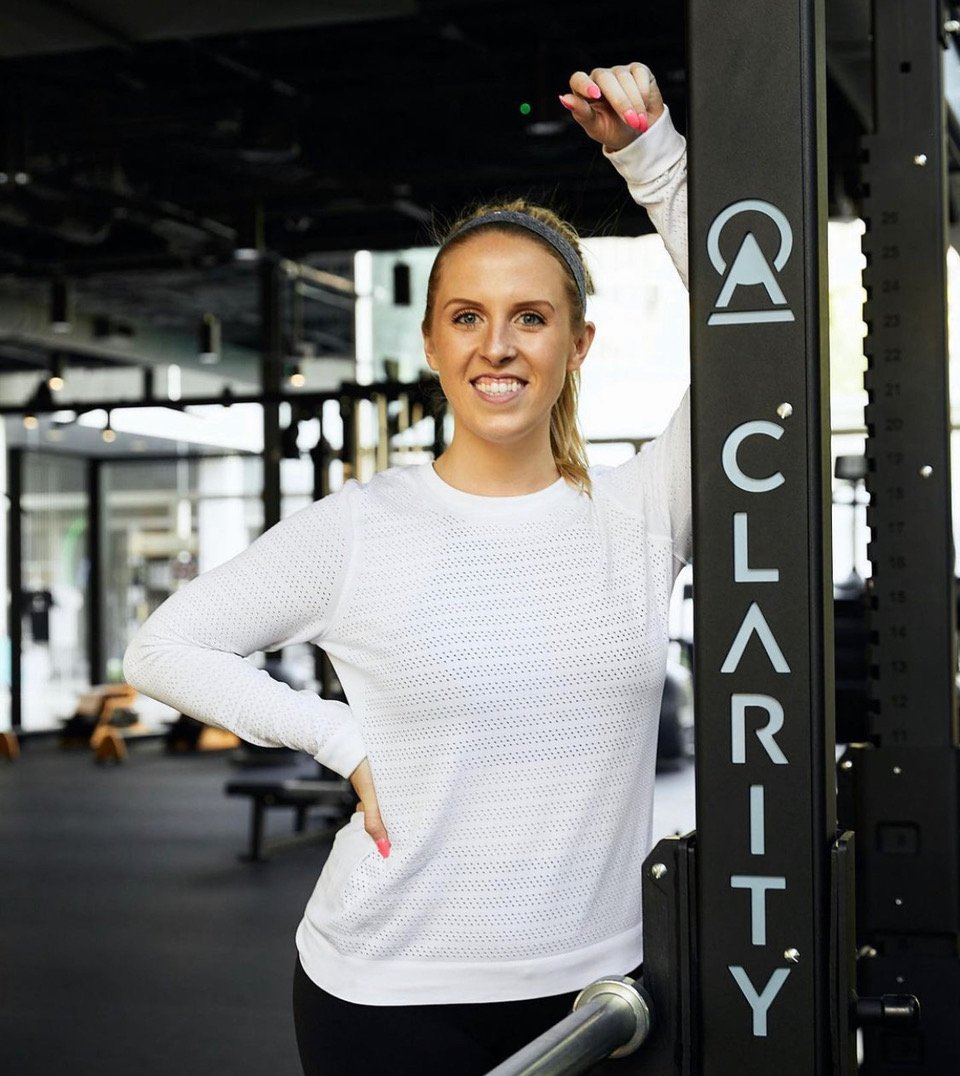Exercise and Eating Disorder Recovery: Learning to Safely Move Again
Blog Post by Contributing Editor Abbey Griffith, Owner of Clarity Fitness
As an eating disorder survivor recovering from a rocky relationship with exercise, I have truly transformed how I think about being active. I have been a personal training client and gym go-er since 3rd grade when my doctor flagged my weight as an “area of concern.” From being sent to camps geared toward childhood “weight management,” to going through the motions to compete in a physique competition, I was locked in on using exercise to make my body look how I believed it should. Fast forward to a diagnosis of anorexia and having my relationship with exercise called into question - I really started to hear how dangerous my former approach to movement was.
I obtained my personal training certification in 2018, and really dove into the importance of rest both during a workout, and in taking days off (Shapiro). I encouraged clients to step away from the scale and explore victories that have nothing to do with physical changes, weight loss, or body composition. I took more time with clients and in my own exploration of what it was that sounded fun for movement that day, be it rollerblading, walking, lifting, yoga, meditation, stretching, dancing, or going on an outing with friends.
From this liberated point of view that took many years of therapy, reflection, and making mistakes to achieve, I founded Clarity Fitness, an eating disorder-informed virtual, joyful movement platform and brick-and-mortar studio, to help others come to this realization before going down my path, and to give people space to explore what movement can feel like without the toxic pressures of the fitness industry who may be on a similar journey to my own. As we’ve partnered with eating disorder treatment centers, I’ve continued to reflect on how to incorporate movement for people with traumatic pasts with the gym, personal training, and their bodies, and I want to share them with you.
Things to remember in eating disorder recovery:
Avoiding movement entirely does not solve the problem.
Even in eating disorder recovery treatment centers, studies have shown that, “supervised exercise improved treatment compliance AND weight restoration, while also allowing the patient to develop a healthy relationship with exercise and physical activity after treatment” (Weiss, 2018).
You can’t tell the health of an individual by simply looking at their body shape and size.
Yes, that goes for yours, too! A study of 11,762 people concluded that, “healthy lifestyle habits are associated with a significant decrease in mortality regardless of [BMI]” (Matheson, 2012). Furthermore, I am a firm believer that BMI as a health metric is bogus! Here’s a YouTube video explaining more.
Verbiage makes a big difference on your relationship with your movement and body.
At Clarity, we regularly remind class attendees and personal training clients to do what feels best for their own bodies. We encourage journaling after workout sessions to reflect on what felt good, when did you override signals from your body, and what you can adjust next time. We catch our clients and each other when fitness industry verbiage creeps in (after all, it is unfortunately everywhere!), and lead with being advocates for sustainability, flexibility, and fun in all aspects of wellness!
I sincerely hope that my words have left you with some new reflections on your relationship with movement, and confidence that movement can continue to be a part of your life before, during, and after treatment, so long as we explore compulsions and approach it from a place of love for ourselves and our bodies. My final reminder – you are enough!
About the Contributor: A graduate of University of Miami’s College of Engineering, Abbey Griffith owns Clarity Fitness - Georgia’s first body positive, weight inclusive, eating disorder informed fitness studio. She is an NASM Certified Personal Trainer, Certified Body Positive Facilitator, and Eating Disorder Recoveree who has devoted her life to helping people of all ages, shapes, and sizes find a wellness routine they truly enjoy. Abbey sees the dangers that come from obsession in fitness and nourishment, and believes that it’s time for us to see our bodies in a positive and empowered way - regardless of the number on the scale.


